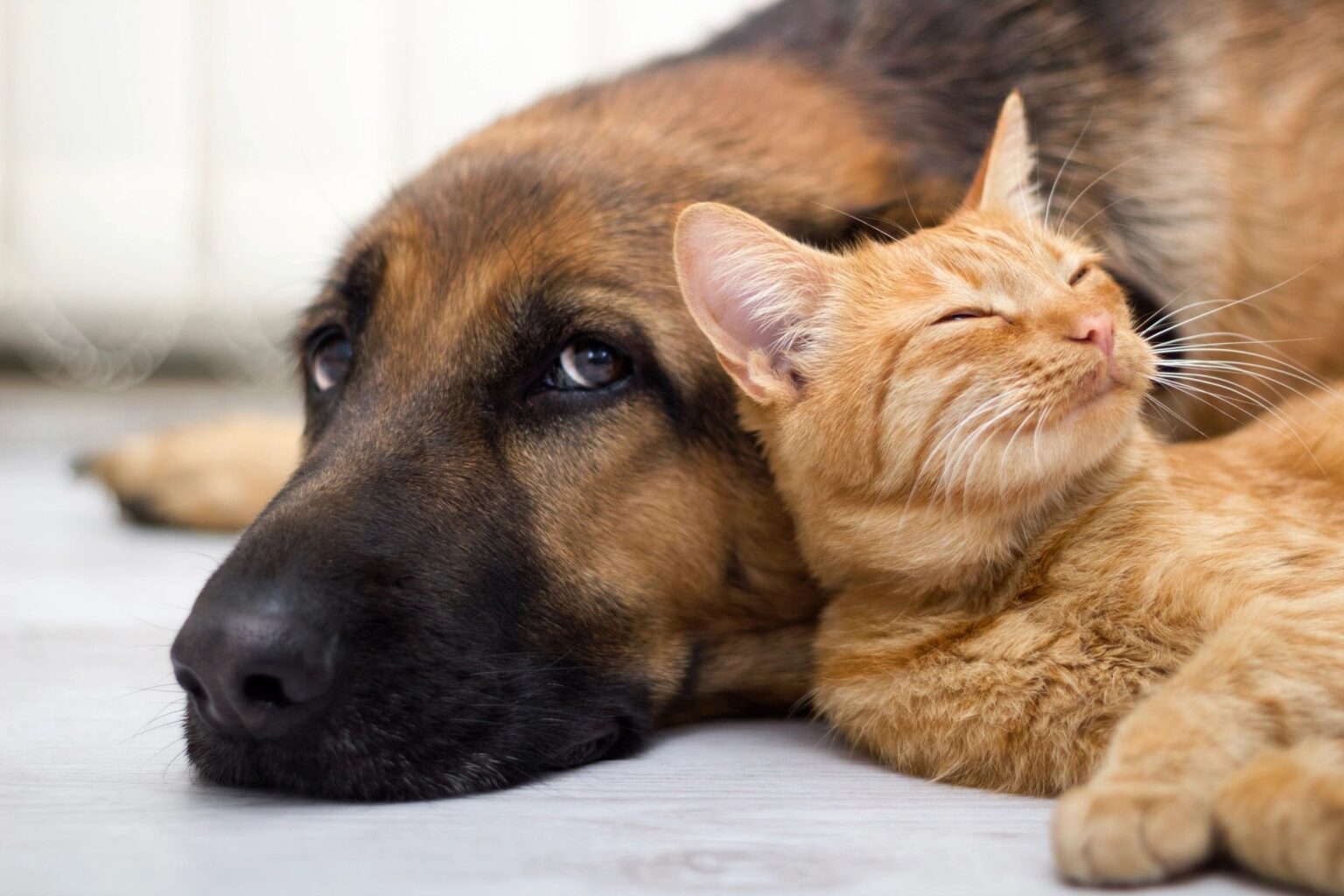For many residents in skilled nursing facilities, loneliness and a sense of isolation can be major challenges. Pet therapy, however, is emerging as a powerful tool to combat these issues and improve overall well-being. By incorporating trained animals into a resident’s care plan, facilities are witnessing a range of positive effects, both physical and emotional.
Emotional Benefits: Combating Loneliness and Boosting Mood
One of the most significant benefits of pet therapy is its ability to combat loneliness, a common issue among seniors. Studies have shown that interacting with animals can trigger the release of oxytocin, a hormone associated with feelings of love and bonding. A 2010 study published in the Journal of Psychiatric and Mental Health Nursing found that pet therapy led to a significant improvement in mood and self-esteem in elderly nursing home residents. Animals provide a non-judgmental source of companionship, offering comfort and reducing feelings of isolation.
Cognitive Benefits: Stimulating Memory and Focus
Pet therapy can also play a role in cognitive stimulation, particularly for residents with dementia or Alzheimer’s disease. Studies have suggested that interacting with animals can improve cognitive function and memory recall. Simple activities like petting a dog or talking to a cat can provide a welcome distraction and a focus point, helping residents stay present in the moment.
Physical Benefits: Encouraging Movement and Lowering Stress
The presence of a therapy animal can also motivate residents to be more physically active. A study by the American Journal of Geriatric Psychiatry showed that pet therapy sessions encouraged residents to engage in more movement and social interaction. Simply walking a dog or throwing a ball can provide much-needed exercise and improve coordination. Additionally, petting animals has been shown to lower blood pressure and heart rate, contributing to a reduction in stress and anxiety.
Implementing Pet Therapy Successfully
While the benefits of pet therapy are numerous, it’s important to ensure proper implementation. Facilities should partner with certified pet therapy programs that utilize trained animals temperamentally suited for interaction with residents. It’s also crucial to consider individual preferences and allergies when incorporating pet therapy into a resident’s care plan.
Conclusion
Pet therapy offers a wealth of benefits for residents in skilled nursing facilities. From combating loneliness and boosting mood to encouraging physical activity and improving cognitive function, the human-animal connection can play a significant role in enhancing overall well-being. As research continues to explore the positive impact of pet therapy, this approach is poised to become an even more integral part of senior care.


